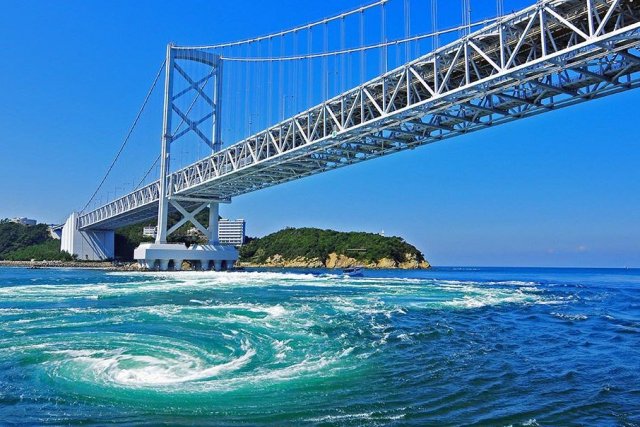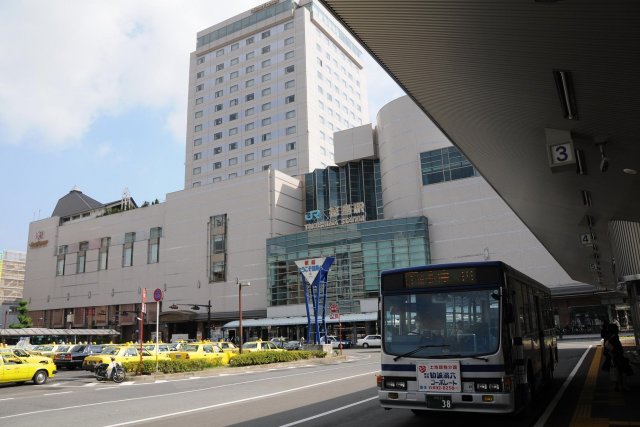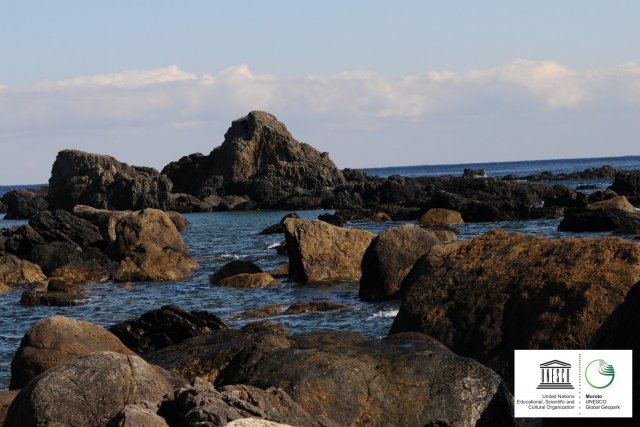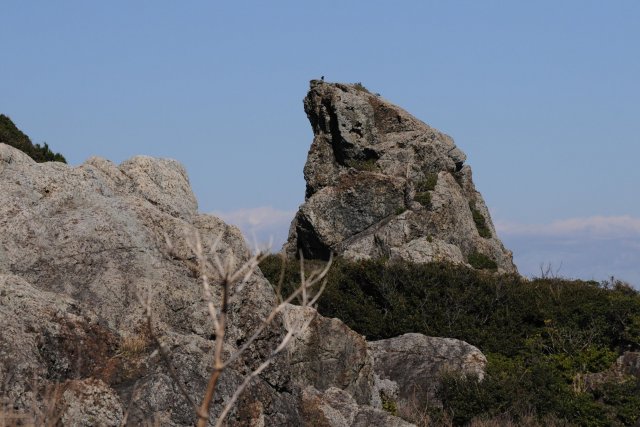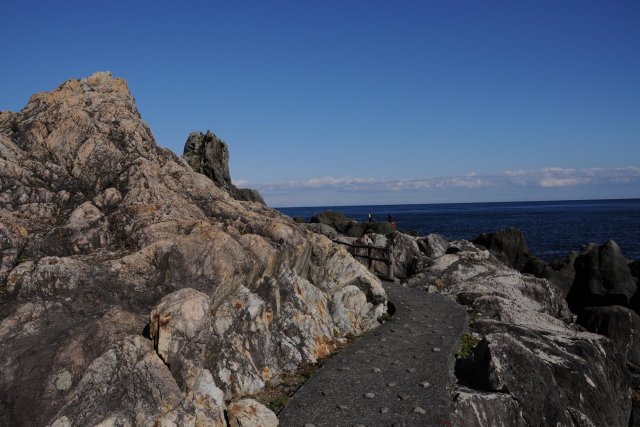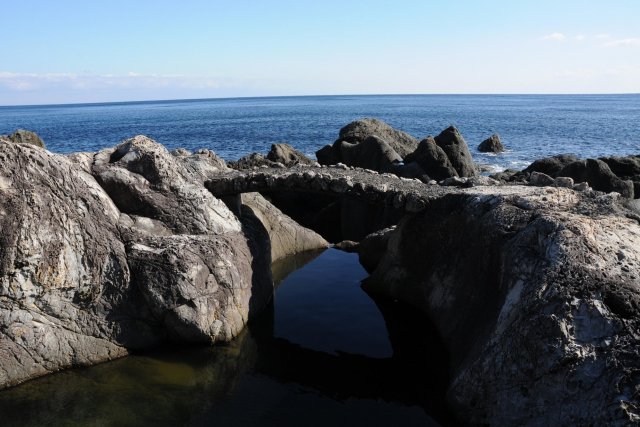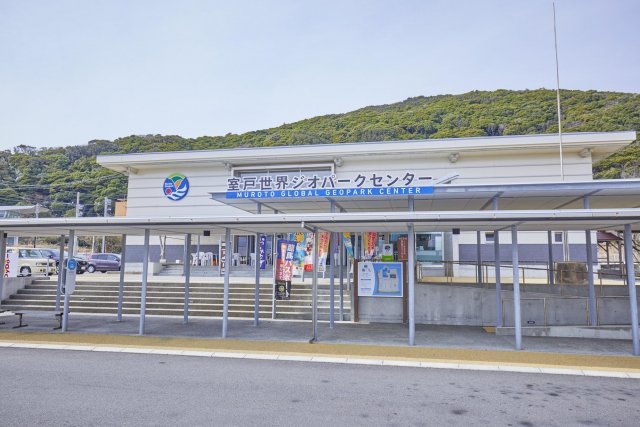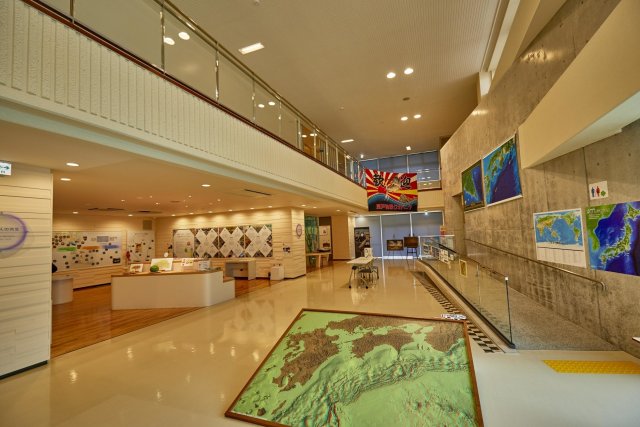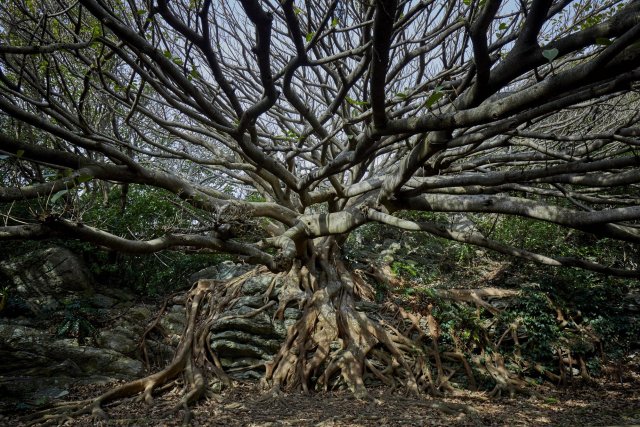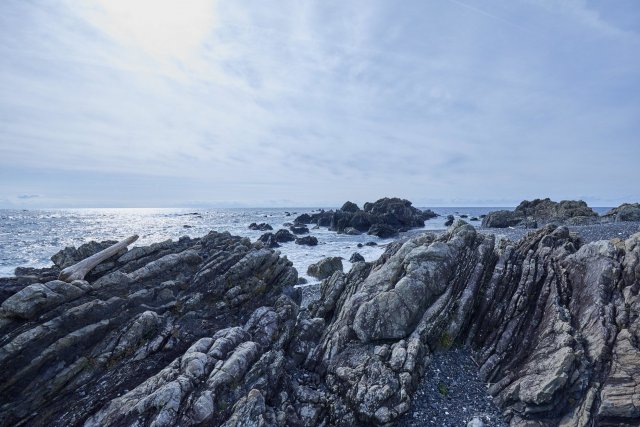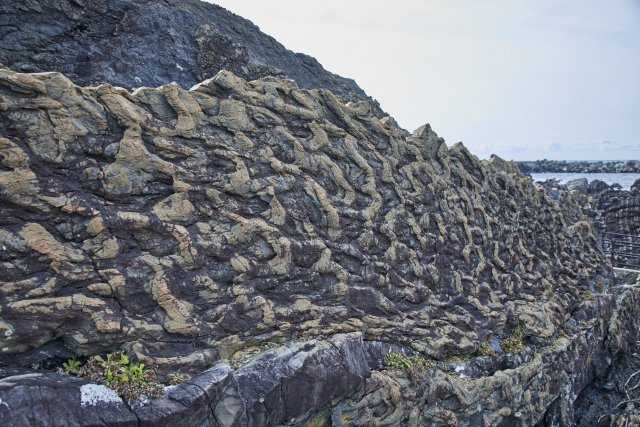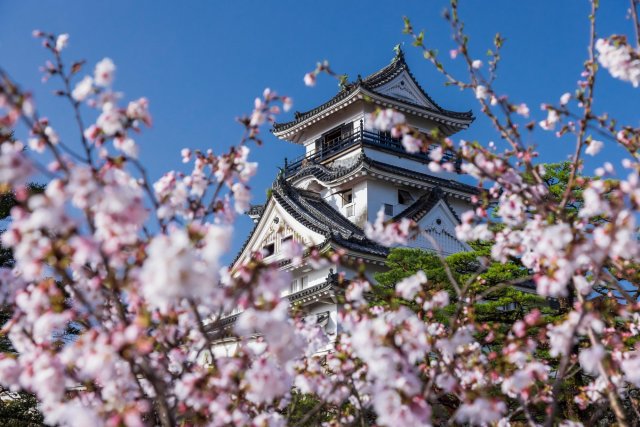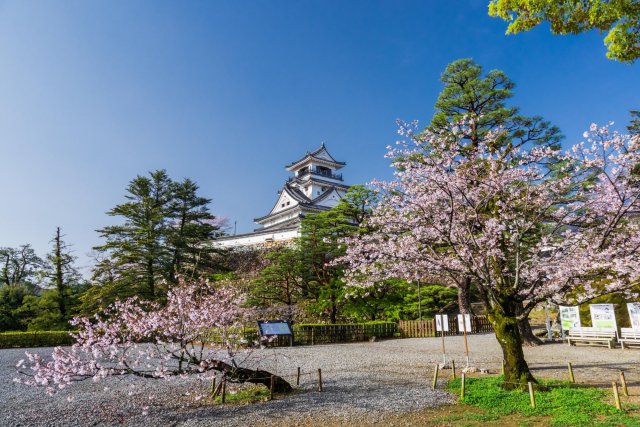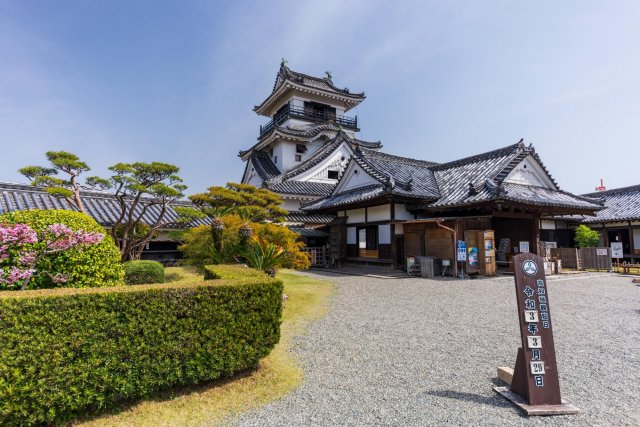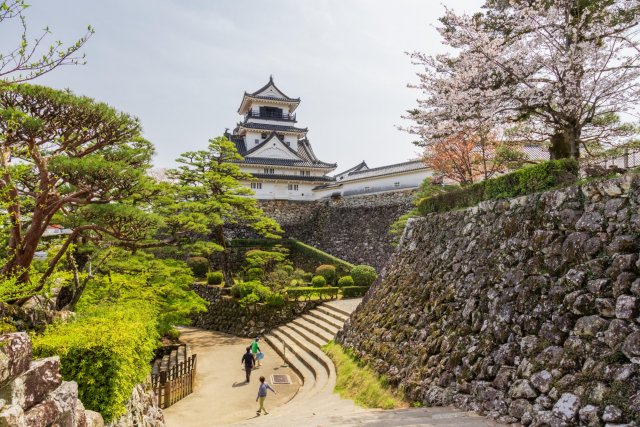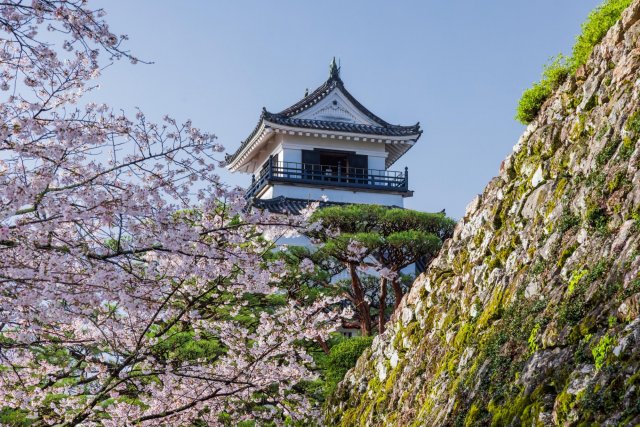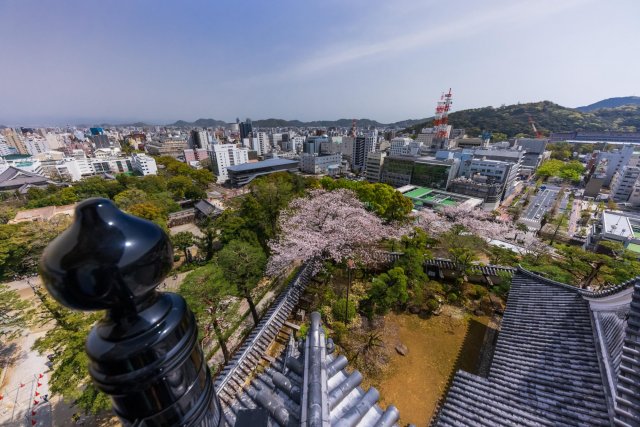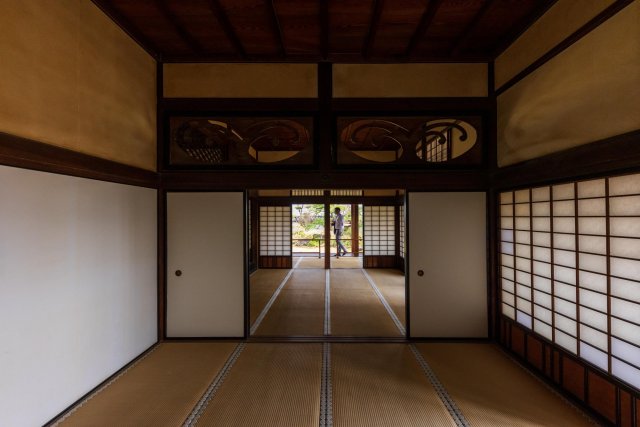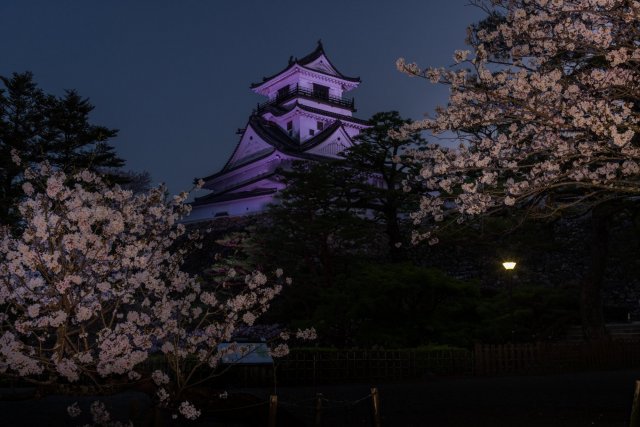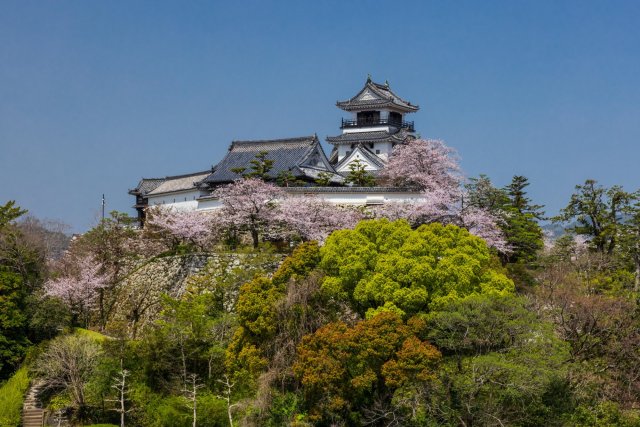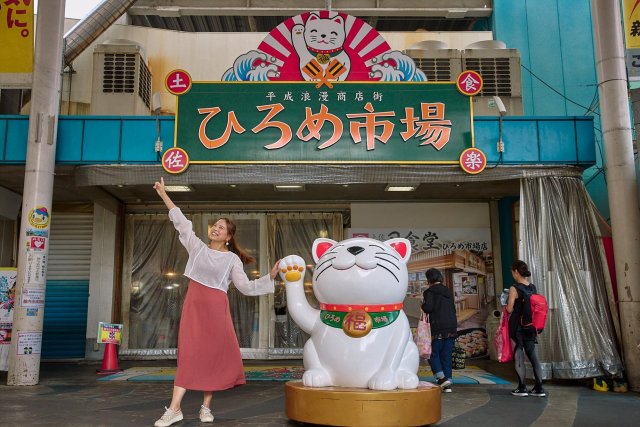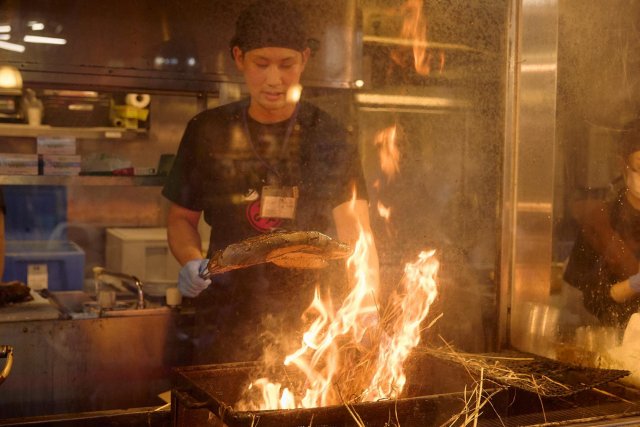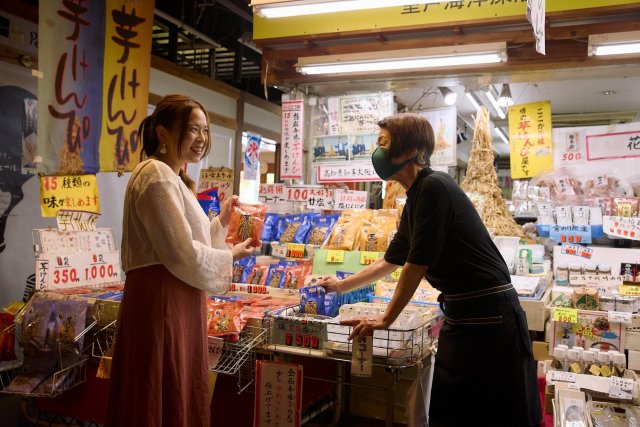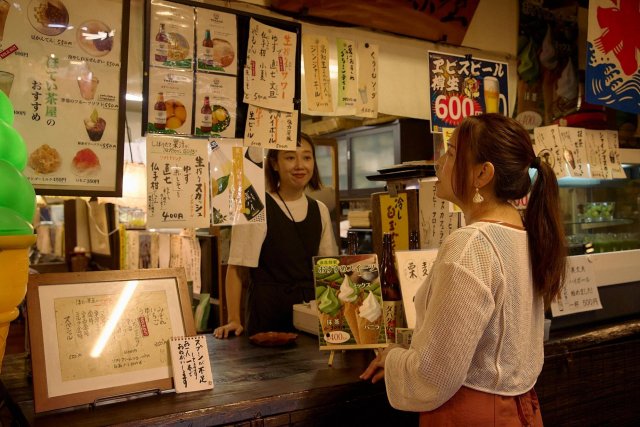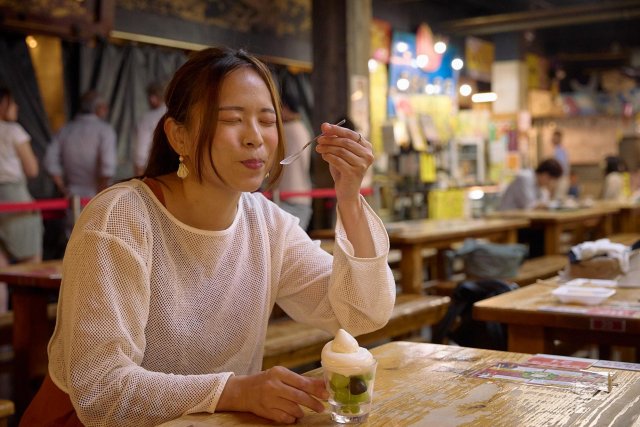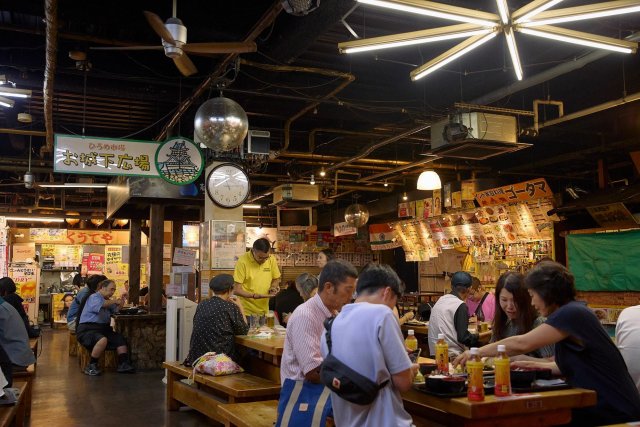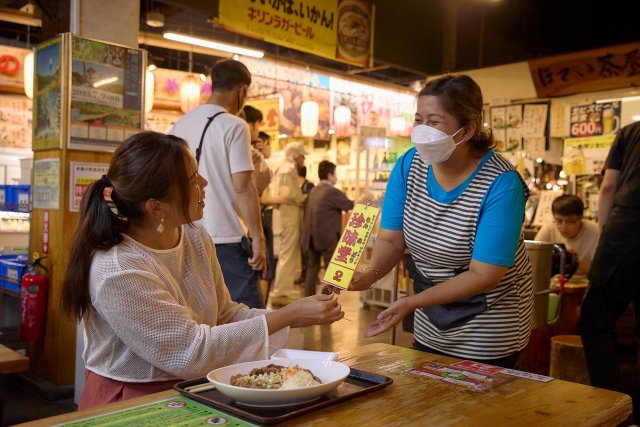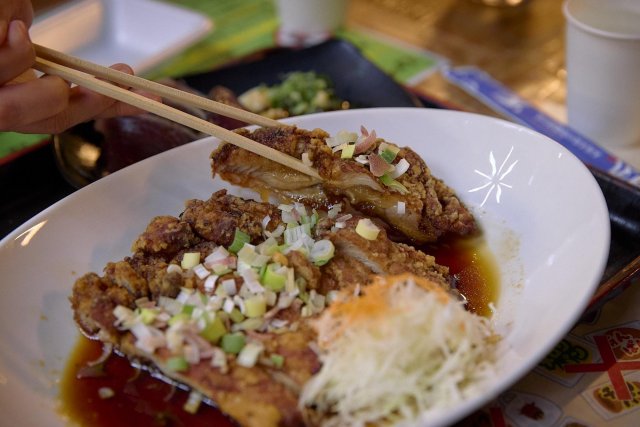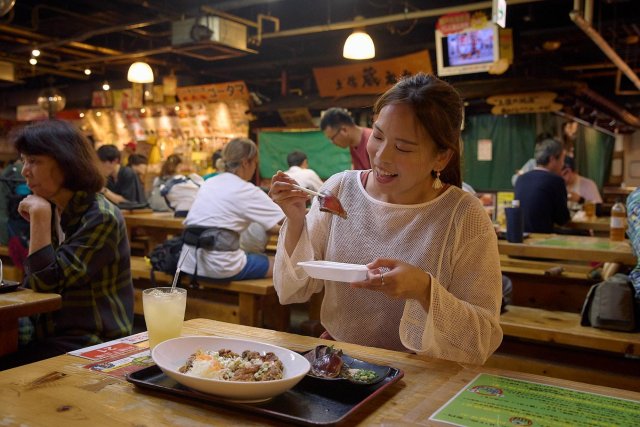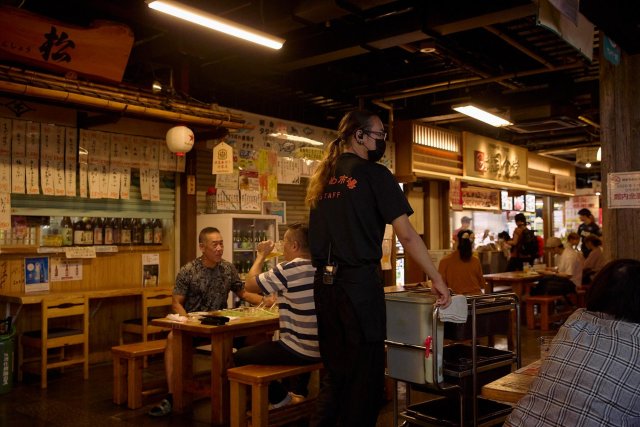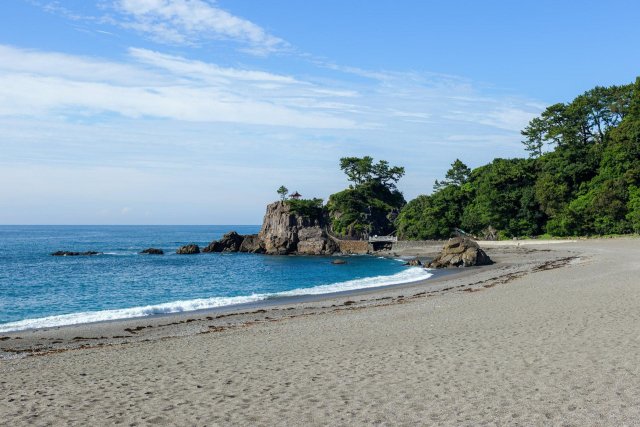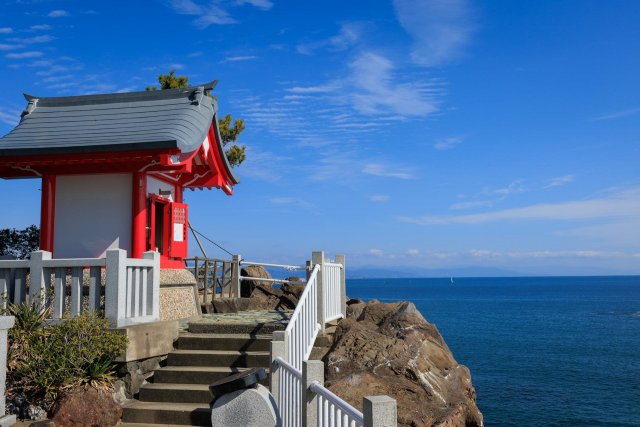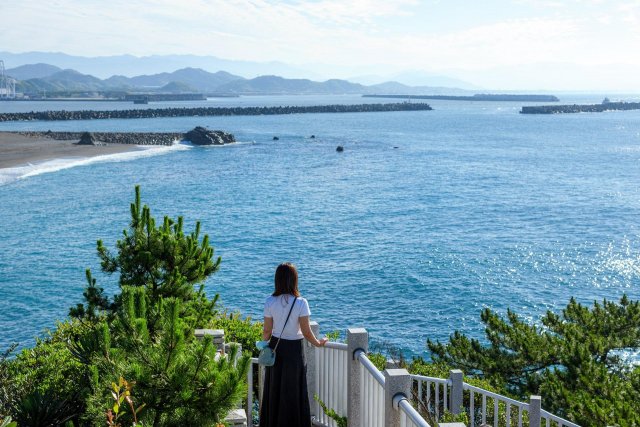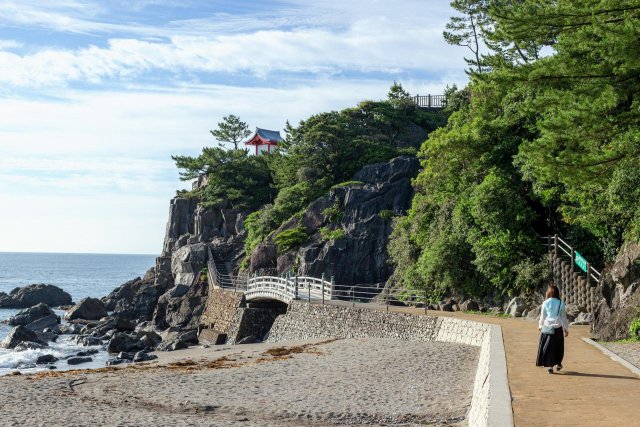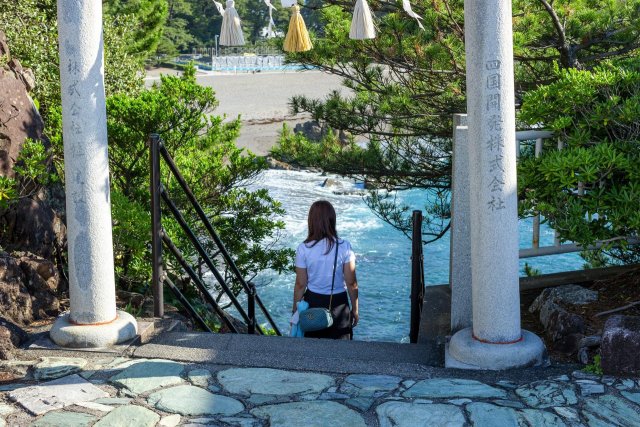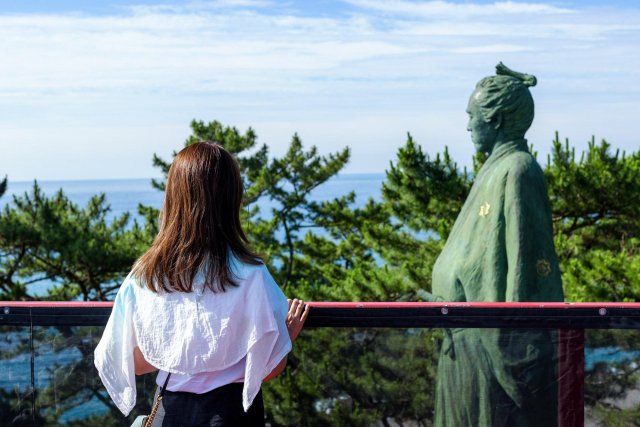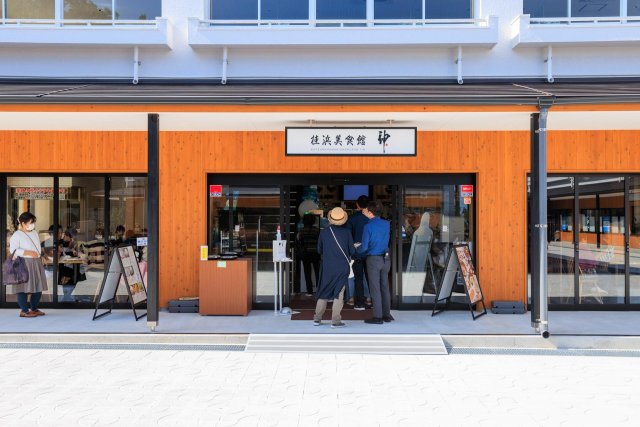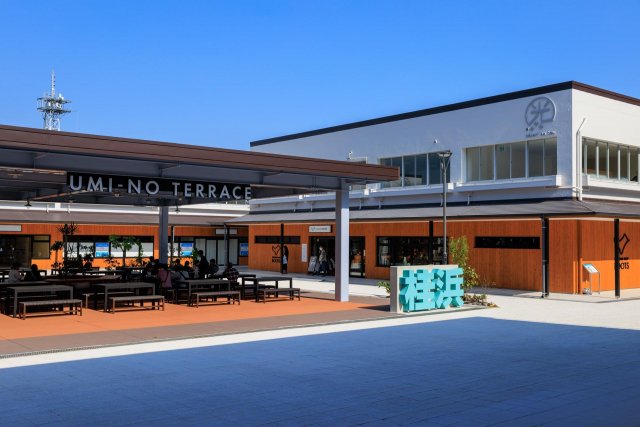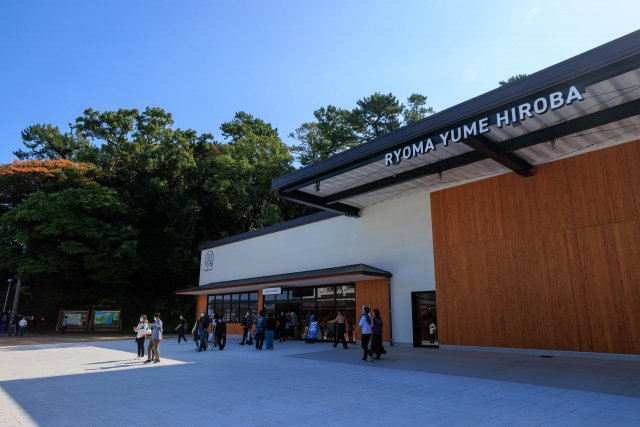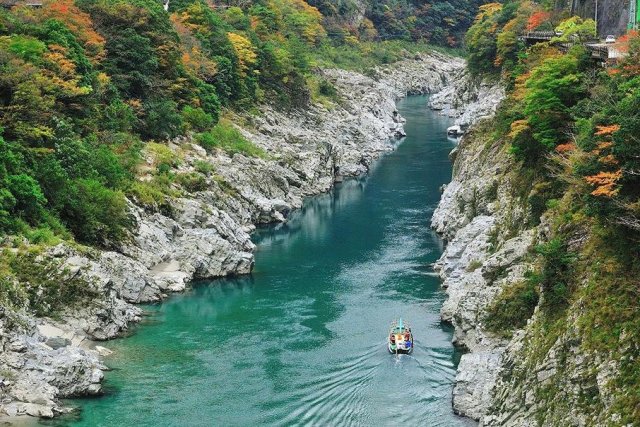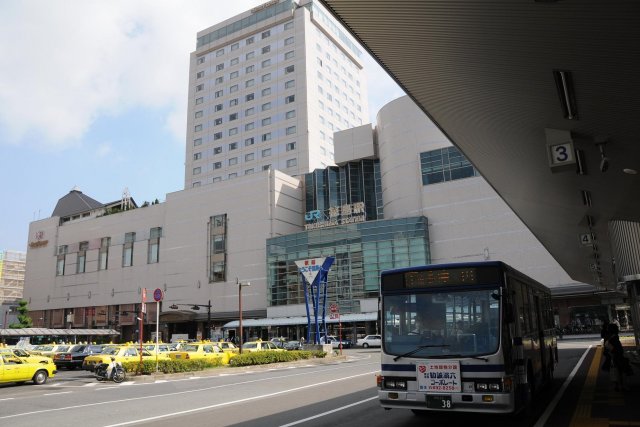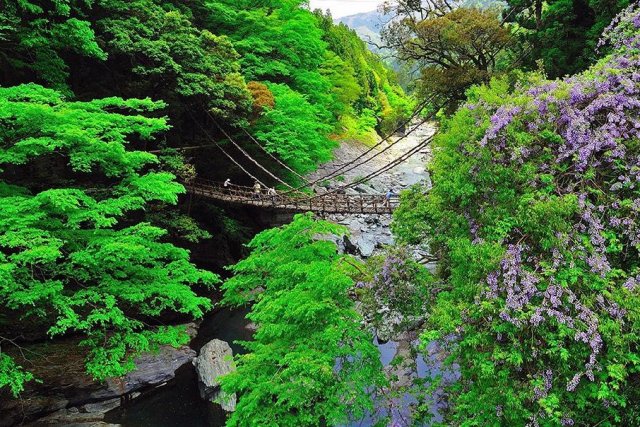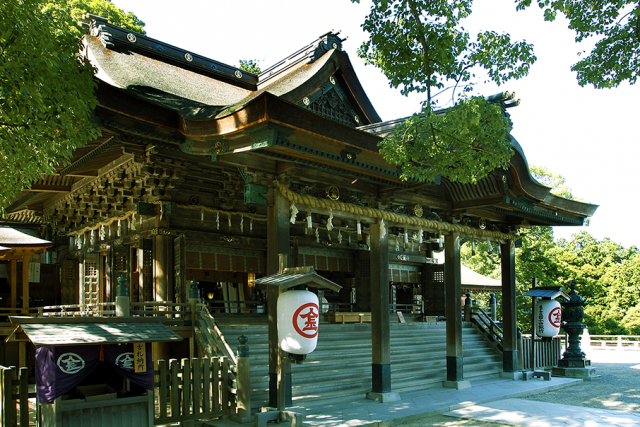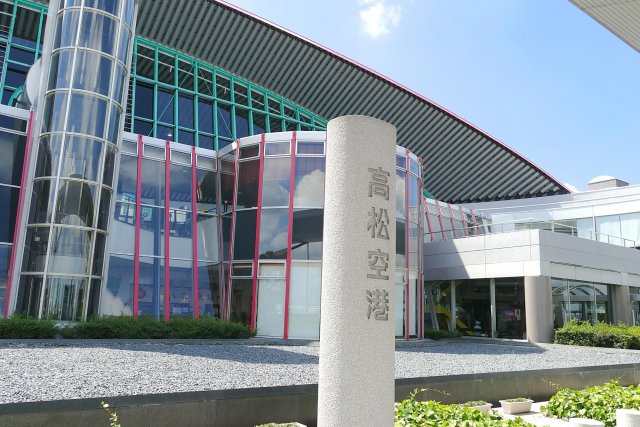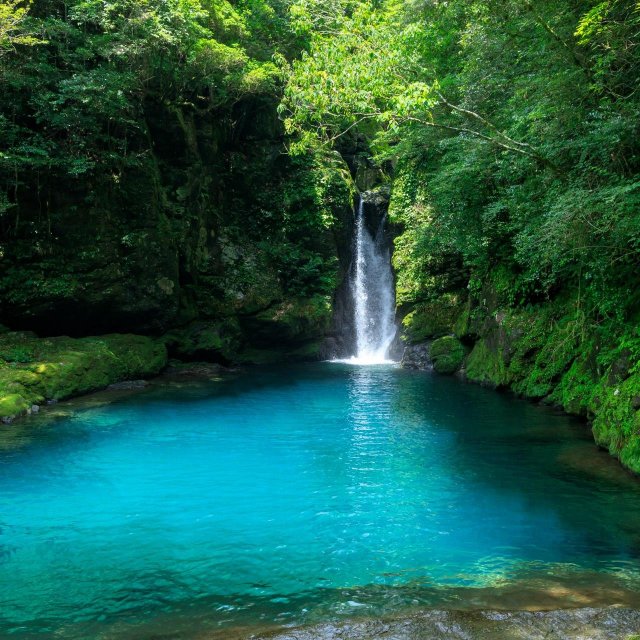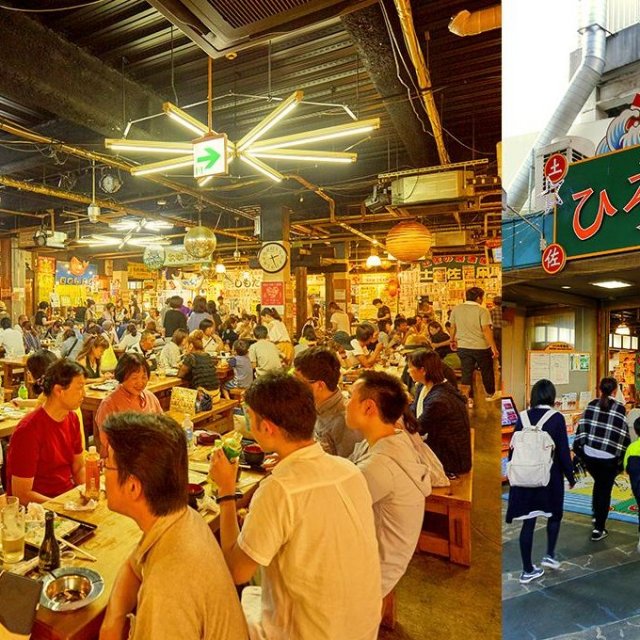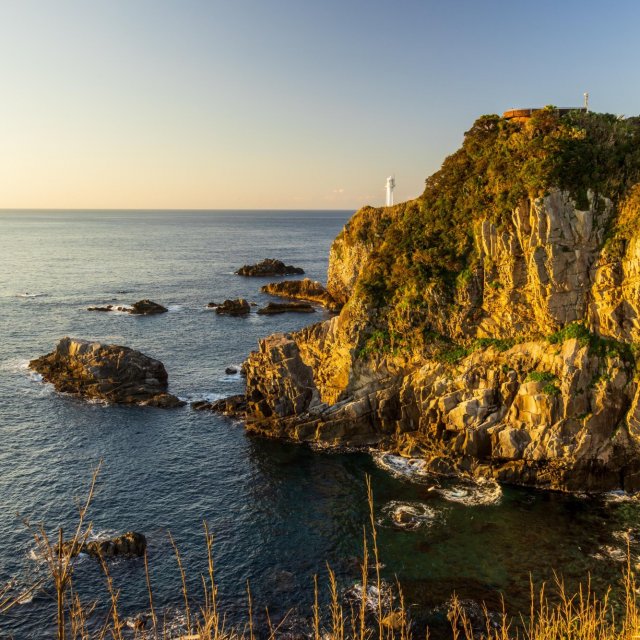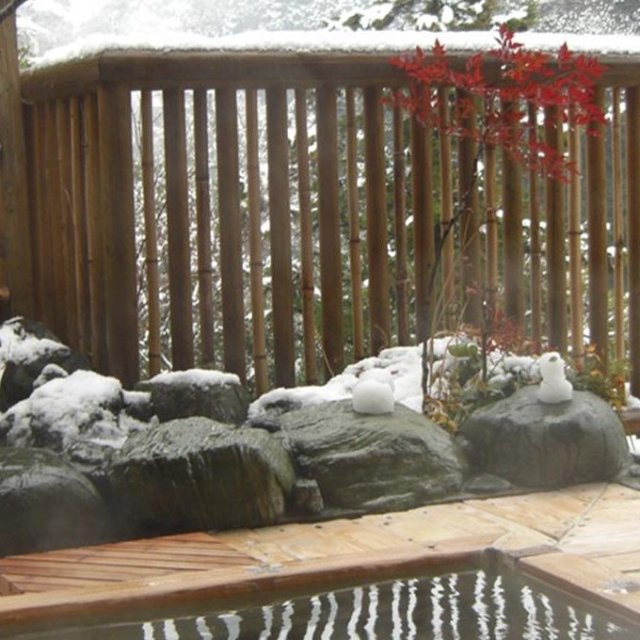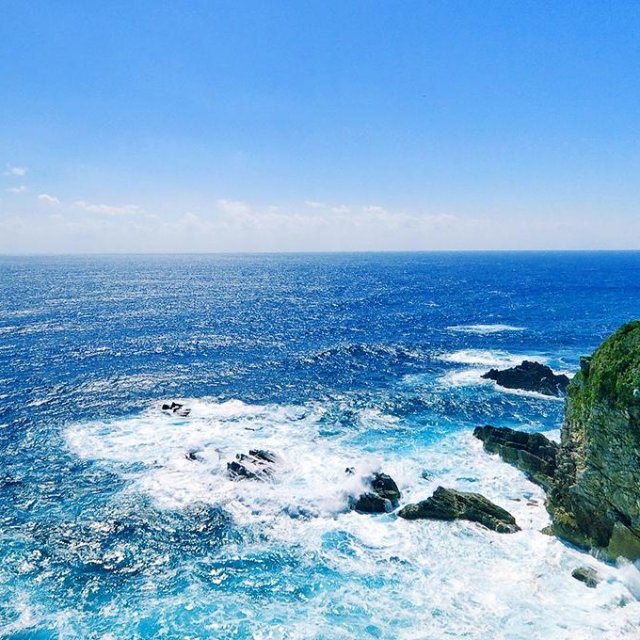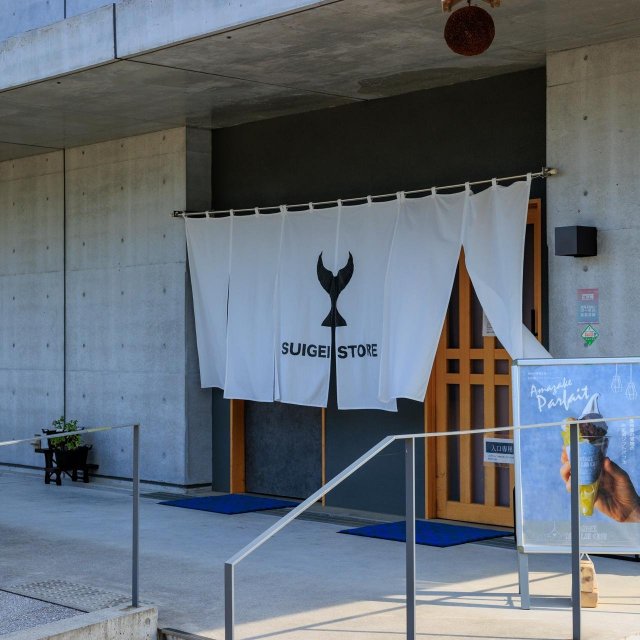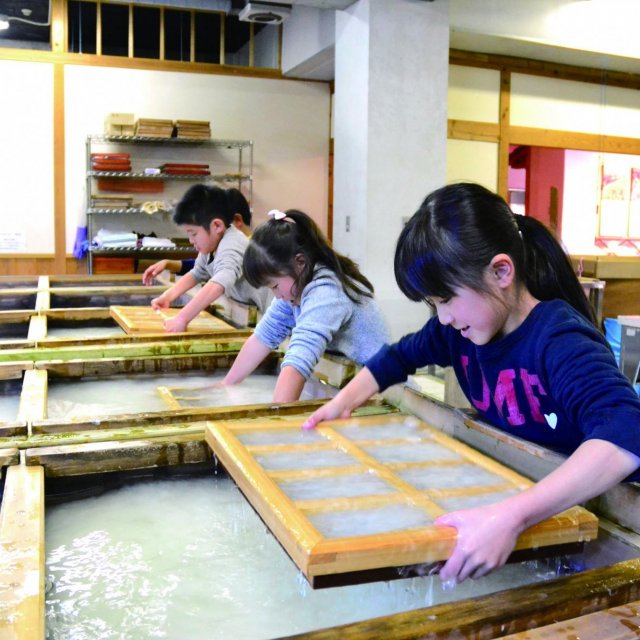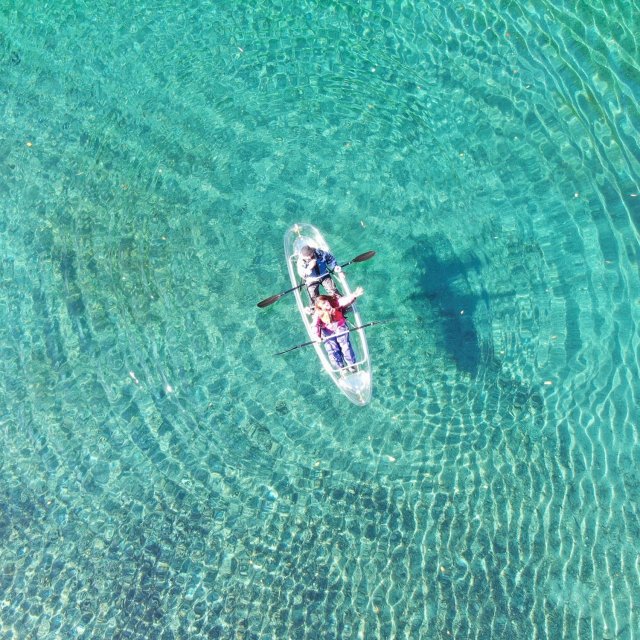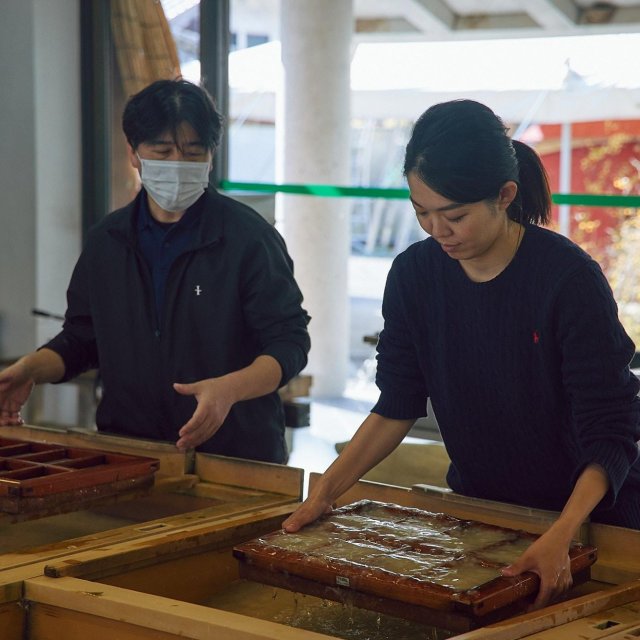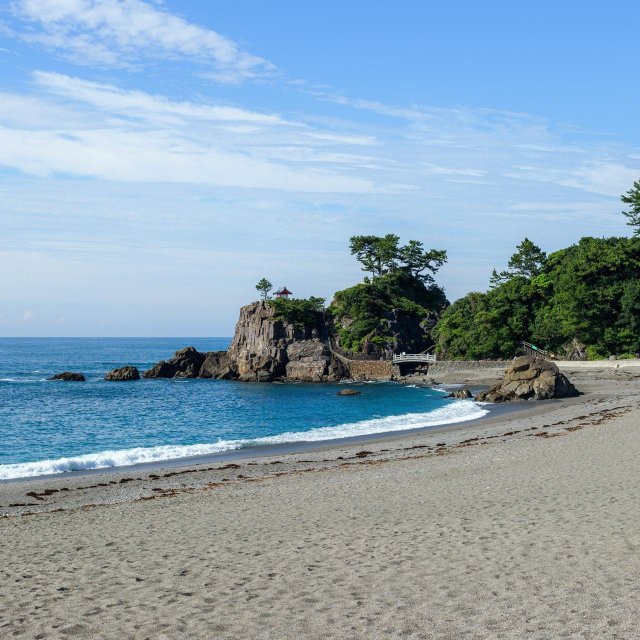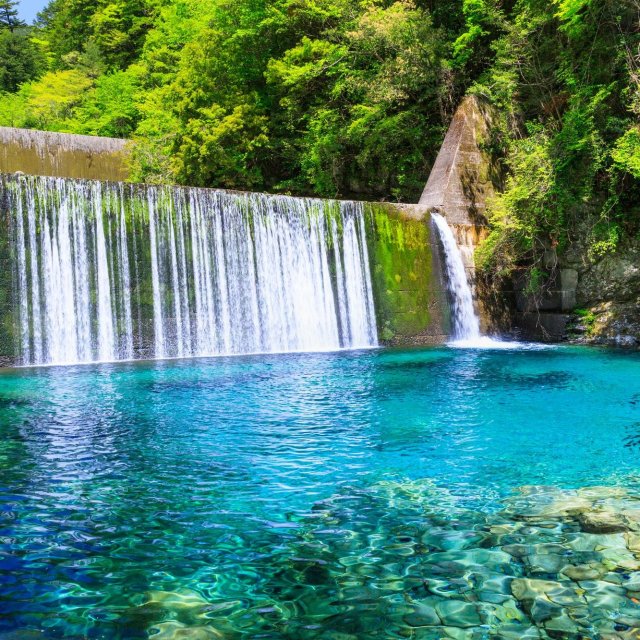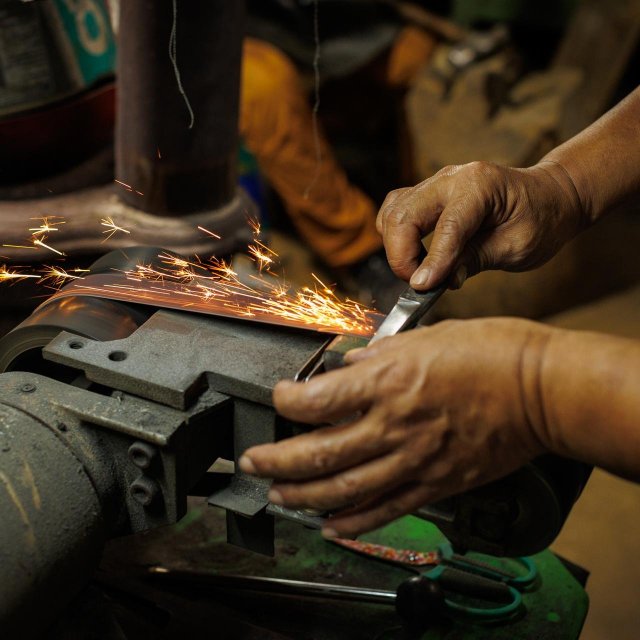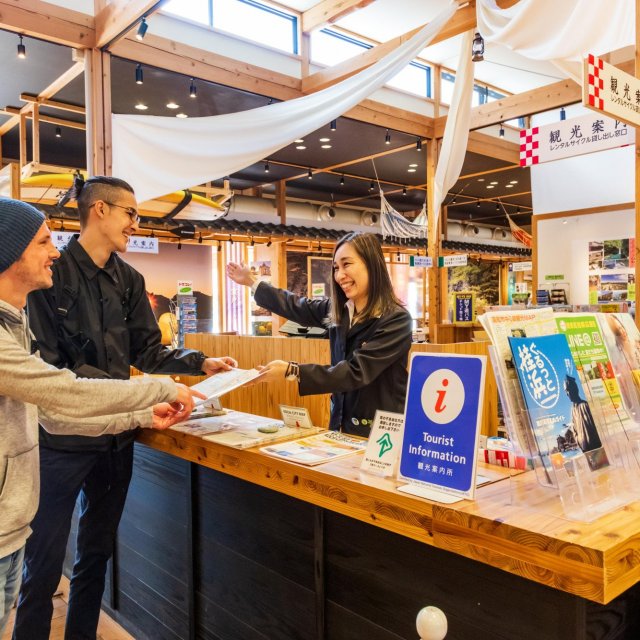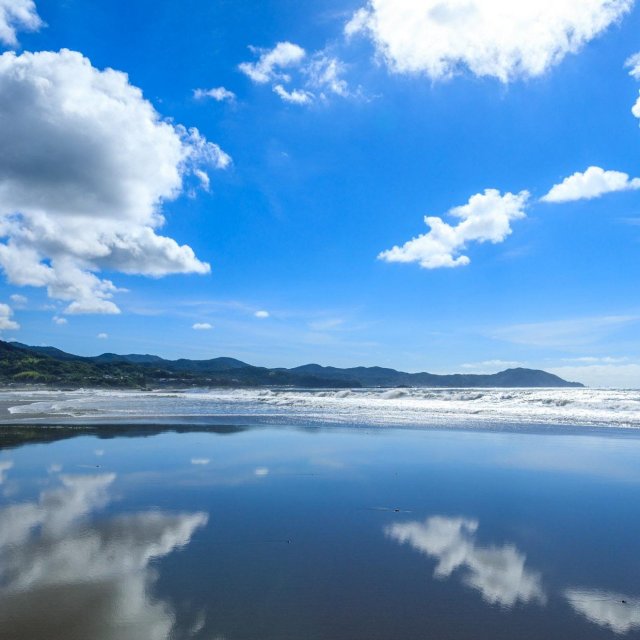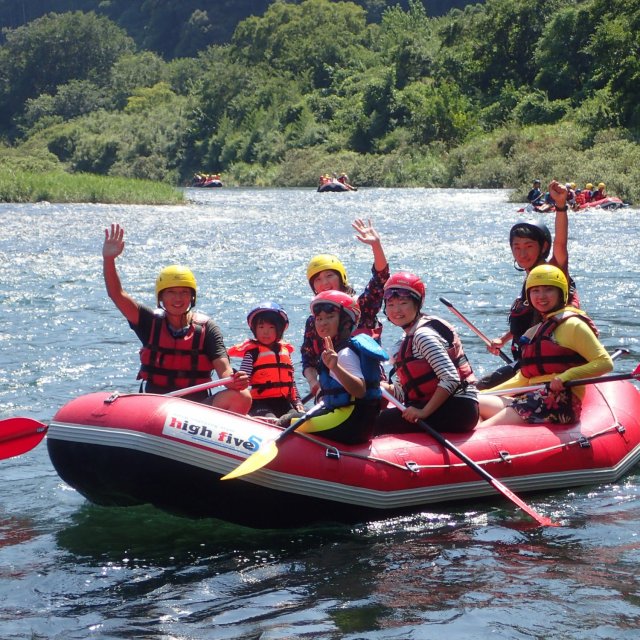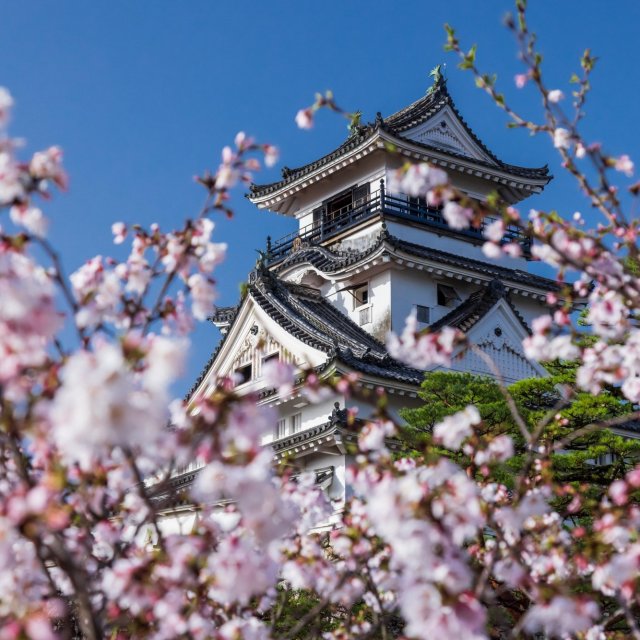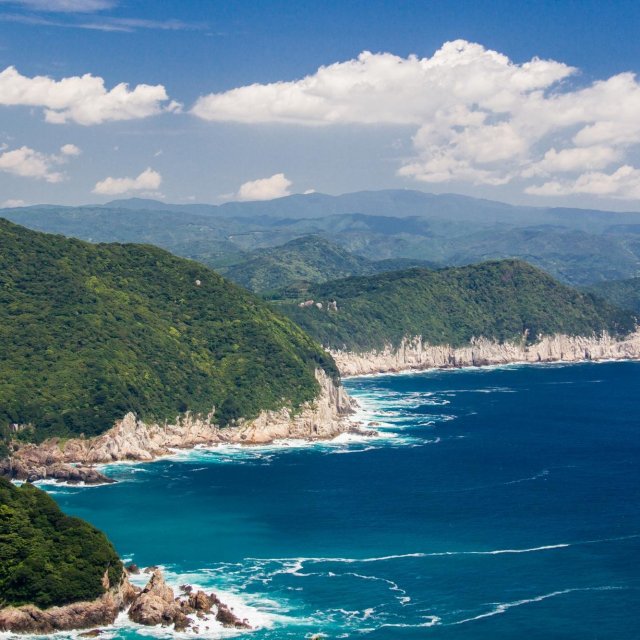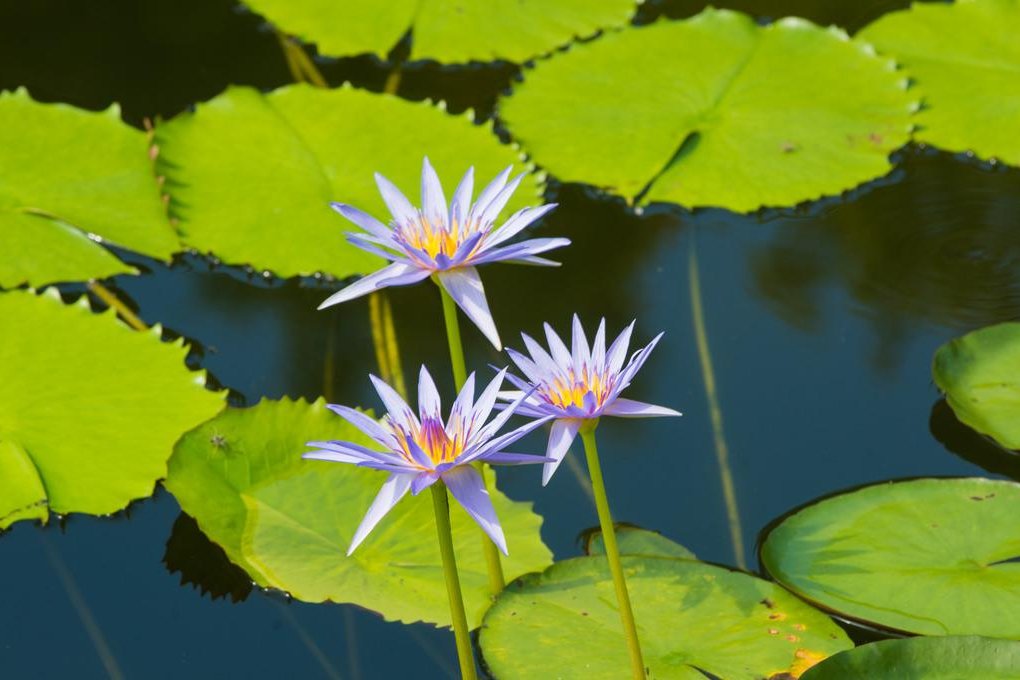





Shikoku Eastbound Travel Course
This is a recommended plan to see some stunning natural vistas in Shikoku, flying into Takamatsu Airport and departing from Takamatsu Airport.
Day 1 Takamatsu Airport→Naruto Whirlpools, Onaruto Bridge→Tokushima City
Day 2 Tokushima→Muroto Global Geopark Center→Kitagawa Village “Monet’s Garden” Marmottan→Kochi City
Day 3 Kochi Castle→Harimaya Bridge→Hirome Market→Katsurahama Beach→Oboke & Iya Valley
Day 4 Oboke Gorge & Kazurabashi (Iya Vine Bridge)→Kotohira-gu Shrine→Takamatsu Airport
Day 1 Takamatsu Airport→Naruto Whirlpools, Onaruto Bridge→Tokushima City
Day 2 Tokushima→Muroto Global Geopark Center→Kitagawa Village “Monet’s Garden” Marmottan→Kochi City
Day 3 Kochi Castle→Harimaya Bridge→Hirome Market→Katsurahama Beach→Oboke & Iya Valley
Day 4 Oboke Gorge & Kazurabashi (Iya Vine Bridge)→Kotohira-gu Shrine→Takamatsu Airport
Day 1
Takamatsu Airport
About a 90-minute drive
About a 90-minute drive
1
Day 1
Pleasure boat to view Naruto Whirlpools, Onaruto Bridge of Tokushima.
The magnificent whirlpools in the Naruto Straits can be enjoyed from several vantages. One option is the observatory built below the Naruto Bridge, offering a variety of views through glass viewing panels from a height of 45m above the sea. For an up-close and personal view of the whirlpools, why not try taking a ride on one of the regular sightseeing boat trips available?
About a 40-minute drive
2
Day 1
Overnight stay in Tokushima City
*The images of the accommodation facilities are for illustrative purposes only
Day 2
About a 2.5-hour drive
3
Day 2
Muroto Global Geopark Center
Learn about the geological power of the Earth
The Muroto Peninsula is alive with geological activity, with areas where the ground continues to rise as tectonic plate activity pushes the seabed up. At Cape Hane, you can walk through rock formations that were once a part of the seafloor and spot fossils of ancient sea creatures. Meanwhile at Cape Muroto, visitors can wander along paths that were once part of the seafloor, now surrounded by subtropical plants such as sea figs, large night-scented lilies and ubame oaks. The area was designated a UNESCO Global Geopark in 2011.
About a 1-hour drive
4
Day 2
Monet's Garden Marmottan in Kitagawa Village
Enter the world of Claude Monet
In a remote village in the Kochi countryside you will find a reimagined version of the beloved gardens in Giverny of the French painter Claude Monet that inspired the painter’s famous works.
Monet’s Garden Marmottan in Kitagawa Village is divided into 3 sections. In the Water Garden (Mizu no Niwa) the famous multi-colored waterlilies float upon the shimmering ponds; vibrant flowers that canvas the Flower Garden (Hana no Niwa) from the ground up to arches and trellises change through the seasons like a never ending painting; and the Garden of Bordighera brings ambience of the Mediterranean to Japan.
Monet’s Garden Marmottan in Kitagawa Village is divided into 3 sections. In the Water Garden (Mizu no Niwa) the famous multi-colored waterlilies float upon the shimmering ponds; vibrant flowers that canvas the Flower Garden (Hana no Niwa) from the ground up to arches and trellises change through the seasons like a never ending painting; and the Garden of Bordighera brings ambience of the Mediterranean to Japan.
About a 90-minute drive
5
Day 2
Overnight stay in Kochi City
*The images of the accommodation facilities are for illustrative purposes only
Day 3
A short walk
6
Day 3
Kochi Castle
Kochi’s 400-Year-Old Castle and Cherry Blossom-Filled Gardens
Constructed at the beginning of the 17th century, Kochi’s castle is the only one in Japan where the original castle tower and main keep remain intact. After centuries of surviving wars, fires, and other catastrophes, it is one of the last twelve original castles in Japan, and is designated an Important National Cultural Property. Keep an eye out for all of the intricate details of the castle architecture, like the statues of the legendary shachi sea creatures (half fish, half dragon), gazing down on the city from the roof.
In the spring, the cherry blossoms all around the 400-year-old castle glow soft pink. The delicate flowers and colorful lanterns look particularly dramatic against the backdrop of the thick stone walls. After dark the grounds are lit up for evening cherry blossom viewing, and the castle glows like a beacon in the night.
After exploring the grounds, don’t forget to stop by the Kochi Castle Museum of History, located right across the street. Dive deep into the region’s past through the 67,000 historical materials and artwork on display.
Kochi Castle is the symbol of the city and a stop you won’t want to miss during your visit.
Conquer Kochi Castle!
In the spring, the cherry blossoms all around the 400-year-old castle glow soft pink. The delicate flowers and colorful lanterns look particularly dramatic against the backdrop of the thick stone walls. After dark the grounds are lit up for evening cherry blossom viewing, and the castle glows like a beacon in the night.
After exploring the grounds, don’t forget to stop by the Kochi Castle Museum of History, located right across the street. Dive deep into the region’s past through the 67,000 historical materials and artwork on display.
Kochi Castle is the symbol of the city and a stop you won’t want to miss during your visit.
Conquer Kochi Castle!
About a 10-minute walk
7
Day 3
Harimaya Bridge
The site of a legendary love story
This vibrant little vermilion bridge in the heart of the city of Kochi is a popular photo spot. Harimaya Bridge is also the setting of a legendary love story between a monk and a local woman, which has been immortalized in the lyrics of a local folk song called yosakoi-bushi. According to legend, a young monk called Junshin was seen buying a kanzashi hairpin for his beloved Ouma, a merchant’s daughter, at a shop near Harimaya Bridge. This was the beginning of the end for the star-crossed lovers, for at that time monks were forbidden to have relationships or marry. As punishment, Junshin was exiled and Ouma was sent far away, never to meet again.
About a 10-minute walk
8
Day 3
Hirome Market
Try lots of Kochi specialties and have a few drinks with locals at this friendly indoor market
Hirome Market feels like a festival every day of the year! Kochiites and visitors alike come here to check out the food shops and grab a table to enjoy an array of local and international cuisine. Nicknamed "Kochi's kitchen", this is one spot you simply cannot miss!
Located just a short walk away from Kochi Castle, Hirome Market is home to around 65 stalls. This is a great place to try a wide range of Kochi specialties, as you can buy food and drinks from the stalls and enjoy them at one of the many large tables set up around the market. Hirome Market is open from morning to late in the evening, but no matter what time you visit there are sure to find plenty of friendly folks chatting, eating, and sipping some of Kochi’s smooth dry sake.
Located just a short walk away from Kochi Castle, Hirome Market is home to around 65 stalls. This is a great place to try a wide range of Kochi specialties, as you can buy food and drinks from the stalls and enjoy them at one of the many large tables set up around the market. Hirome Market is open from morning to late in the evening, but no matter what time you visit there are sure to find plenty of friendly folks chatting, eating, and sipping some of Kochi’s smooth dry sake.
About a 30-minute drive
9
Day 3
Katsurahama Beach
A statue of local hero Sakamoto Ryoma with incredible beach views
Katsurahama is one of the most scenic spots in all of Kochi Prefecture. The beach has been known as a popular place to view the moon since ancient times and the scenery has even been described in the lyrics of a famous Kochi folk song, yosakoi bushi.
Set against a backdrop of green pine trees and an azure sea, a statue of the local samurai hero Sakamoto Ryoma gazes out over the Pacific Ocean. If you want to know more about Ryoma, one of the most famous samurai in Japan, check out The Sakamoto Ryoma Memorial Museum located nearby.
The entire area is called Katsurahama Park, and includes shops and even the Katsurahama Aquarium. The “Umi-no-Terrace” shopping zone, was tastefully renovated in 2022. It’s a great place to pick up souvenirs and has some great cafes and restaurants to check out.
※Swimming at Katsurahama Beach is prohibited due to the strong currents and big waves.
Set against a backdrop of green pine trees and an azure sea, a statue of the local samurai hero Sakamoto Ryoma gazes out over the Pacific Ocean. If you want to know more about Ryoma, one of the most famous samurai in Japan, check out The Sakamoto Ryoma Memorial Museum located nearby.
The entire area is called Katsurahama Park, and includes shops and even the Katsurahama Aquarium. The “Umi-no-Terrace” shopping zone, was tastefully renovated in 2022. It’s a great place to pick up souvenirs and has some great cafes and restaurants to check out.
※Swimming at Katsurahama Beach is prohibited due to the strong currents and big waves.
About a 90-minute drive
10
Day 3
Sightseeing in Oboke & Iya Valley, Tokushima Prefecture
An emerald green water surface, white rock faces, and cliffs jutting straight up to the sky are colored by fresh verdure in spring and by colored leaves in autumn. Three kilometers downstream from Oboke is the place called Koboke.
About a 1-hour drive
11
Day 3
Overnight stay in Miyoshi City, Tokushima Prefecture
*The images of the accommodation facilities are for illustrative purposes only
Day 4
12
Day 4
Oboke Gorge & Kazurabashi (Iya Vine Bridge)
In ancient times the local people built many of these bridges for daily travel, using vines that grow wild in the mountains, yet only a few vine bridges still remain today. Looking down while crossing is enough to put butterflies in any visitor's stomach. Recognized as one of three kinds of unusual bridges in Japan, they are designated as an important folkloric property.
About a 1-hour drive
13
Day 4
Kotohira-gu Shrine
This is a popular shrine, commonly known as Konpira-san. It is the head shrine of "Kotohira" or "Konpira" shrines in Japan and has been worshiped since ancient times as "the God of the Sea".
There is an extremely long staircase, consisting of 1,368 steps. The area around the shrine is crowded with many shops such as cafes, teahouses, souvenir shops and udon restaurants. You can rent a walking stick and go for a stroll or take a ride in a "kago" palanquin and enjoy the sights as you are carried around.
There is an extremely long staircase, consisting of 1,368 steps. The area around the shrine is crowded with many shops such as cafes, teahouses, souvenir shops and udon restaurants. You can rent a walking stick and go for a stroll or take a ride in a "kago" palanquin and enjoy the sights as you are carried around.
About a 40-minute drive
14
Day 4
Takamatsu Airport
GOAL
